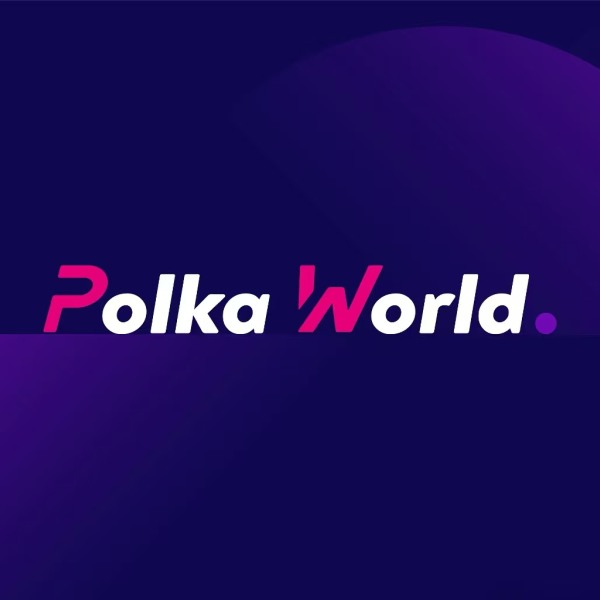Important Reminder: DOT is about to undergo Asset Hub migration—what will happen to your balance and staking rewards?
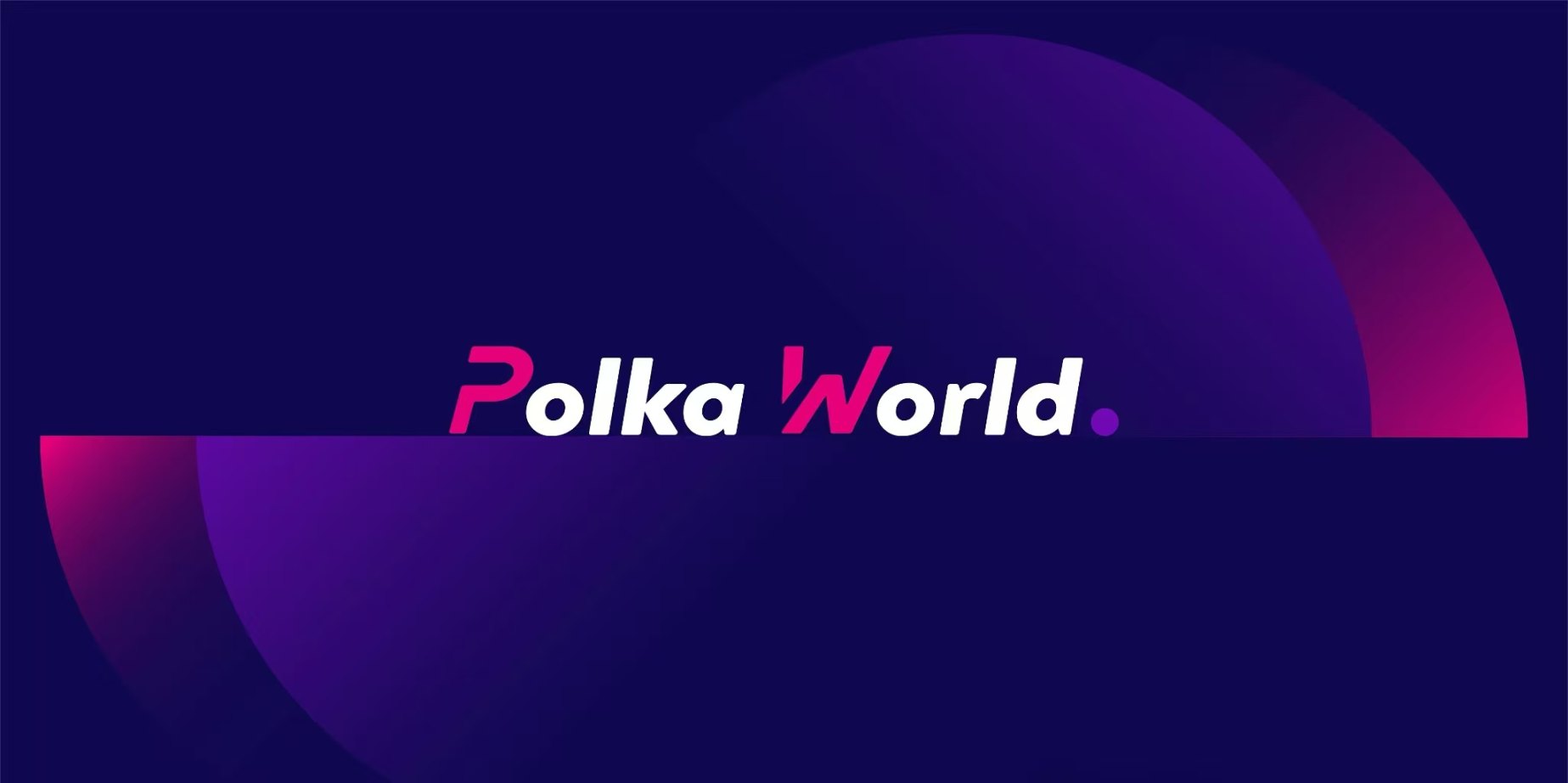
Attention DOT users!
Kusama and Polkadot will soon undergo Asset Hub migration in October and November (migrating staking, balance, and governance functions from the relay chain to the Asset Hub). This is a major upgrade that affects everyone’s DOT balances and staking operations.
Many users may be concerned:
👉 Will my DOT be lost?
👉 Will wallets and exchanges still work as usual?
👉 Can I still receive staking rewards?
In fact, most people do not need to take any action:
- The DOT name remains unchanged; buying and selling DOT is the same as before;
- For exchange withdrawals, the backend will withdraw from Asset Hub, but there is no difference for you;
- The wallet interface becomes simpler; you only need to see your DOT holdings, and the complex relay chain will no longer be displayed;
- Staking and rewards will be migrated automatically; your DOT remains safe, and rewards can be claimed as usual;
- One change to note: the “Fast-Unstake” feature will be discontinued.
In other words, for ordinary users, this migration is almost “imperceptible.” You can continue to use your wallet, exchange, and staking as usual, without worrying about asset loss.
The goal of this migration is to make Polkadot more stable and user-friendly, while laying the foundation for future upgrades.
If you want to learn more details, you can check out the full FAQ compiled by PolkaWorld!
Q&A about DOT Balances
1. Will the name or symbol of Polkadot (DOT) change?
No, the token name and symbol of DOT will not change.
2. Will the Polkadot relay chain be disabled, so that DOT can only be bought on Asset Hub and then transferred to wallets?
For ordinary users, there is almost no difference. You still buy DOT on exchanges as usual, without changing your operations. The difference is:
- Currently, DOT withdrawn from exchanges comes from the relay chain;
- After migration, DOT withdrawn from exchanges will come from Asset Hub.
For you, these changes happen in the background and are not visible.
3. After migration, do users still need to see the relay chain in the wallet UI?
No. Ordinary users no longer need to see or interact with the relay chain. You only need to see your DOT holdings in the interface.
4. From the user's perspective: Is manual action required? Do assets need to be “transferred” to Asset Hub? If our dapp currently does not provide this function, do we need to implement it in the UI?
- The overall goal of the migration is full automation, requiring no action from tools/apps or users.
- Whether it is a regular account, multisig account, proxy account, or proxied account, the migration will proceed seamlessly.
- Of course, there may be some unforeseen special cases. For this, Parity has launched a public testnet in Q1 2025, where everyone can simulate various possible scenarios to help identify and resolve potential issues.
5. Do users holding DOT on parachains need to migrate manually?
No. The goal of the migration is to make everything automatic, including for DOT users on parachains.
6. Will the migration affect balances?
Account balances will be migrated from the relay chain to Asset Hub. Users will need to access their DOT through Asset Hub, but the interaction interface remains unchanged.
7. When balances are migrated from the relay chain, will { parents: 1, interior: Here } still be used as the native token identifier from the parachain perspective?
No. The DOT location identifier (Location ID) does not need to change, as it is bound to the system itself, not the reserve location.
8. If a user does not check their wallet for several months, how can asset loss be avoided?
- The migration will not cause asset loss. We have implemented a final verification mechanism to ensure that the post-migration state is exactly the same as before migration.
- No action is required from users; even if you do not check your wallet for a long time, your assets will not be lost.
9. Do users need to manually migrate ongoing governance proposals, referenda, etc. from the relay chain to the new chain (Asset Hub) to ensure uninterrupted governance?
In most cases, no.
- If the referendum is ready (with a clear mapping path and preimage data already uploaded), the system will automatically migrate it.
- If the conditions are not met, the referendum will be dropped.
So before migration, you should consider:
- Will your referendum still work after migration? For example, has the module it calls been moved or deleted?
- If the referendum is complex and cannot be executed before migration, it is best to wait until after migration to initiate it.
- If you must submit a referendum during migration, be sure to upload the preimage in advance to avoid loss during migration.
In short: Ready preimage = automatic migration; not ready = possible loss. Complex referenda are best submitted after migration.
10. How will this change be reflected on polkadot.js?
For polkadot.js, most of the work is switching RPC. All pallets related to staking, governance, and other functions will remain unchanged. The main change is that these operations will now point to Asset Hub instead of the relay chain.
11. How can users transfer tokens from their Polkadot wallet to an Ethereum address?
The smart contract upgrade is separate from the Asset Hub migration. For more information about the smart contract upgrade, please refer to the relevant documentation.
12. Do users need to regenerate addresses? Will addresses change?
Users do not need to take any action regarding addresses. Most addresses remain unchanged; only parachain sovereign accounts and derived accounts will change (but these are not relevant to ordinary users).
Q&A about DOT Staking
1. If a proxy account / staking account pairing already exists, can I still use the proxy account to perform nomination, bonding, and other staking operations on behalf of the staking account? Will the proxy relationship for staking on the relay chain be retained on Asset Hub?
Yes, all proxy relationships will be migrated.
2. Should users nominate validators on the relay chain or on Asset Hub?
All functions will be migrated to Asset Hub, so in the future you will need to nominate validators on Asset Hub.
3. Will block rewards be distributed separately on these chains?
Staking rewards will be distributed on Asset Hub, but they still correspond to the block points of relay chain validators.
4. Will staking rewards also be migrated to Asset Hub? Can staking rewards be seen on Asset Hub?
Yes. After migration, you must claim staking rewards from Asset Hub.
This is the most direct operational change for existing validators. Please ensure your internal tools or processes are updated to claim rewards via Asset Hub.
To help with a smooth transition, Parity will run a backend bot for 30 days after migration to help all existing validators claim rewards, ensuring none are missed.
5. What are the main changes for existing validators?
The main change for Polkadot validators after the AHM migration is that the management location of validator session keys is separated from the location of staking operations.
Session keys are still set and rotated only on your validator node (synchronizing with the relay chain), as before. After migration, there are two notable changes for session keys:
- Setting session keys now requires a collateral deposit;
- Session keys must be set by the Stash account, not the Controller account.
All staking-related transactions (such as setting commission via staking::validate) remain unchanged, but now need to be executed on Asset Hub.
Other than that, your existing relay chain validator node (Polkadot client) continues to operate as normal. For more details, see the official documentation.
6. Validator updates after migration
Please refer to this brief guide for changes in validator configuration after migration.
7. ⚠️ Fast-Unstake feature discontinued
Fast-unstake is a mechanism introduced to Polkadot staking in 2022, allowing bonded users who have not actively participated in nomination/validation for the past 28 days to quickly unbond without waiting the full 28 days. Due to its high computational overhead, it cannot be implemented on the parachain (AssetHub), so it will be discontinued and will not be migrated to AssetHub.
8. Do users need to restake after migration?
We are exploring an “atomic migration” method to complete all steps at once. For example, for a single account:
- Unlock assets currently in various usage states on the relay chain;
- Teleport assets from the relay chain to Asset Hub;
- Relock assets on Asset Hub, maintaining the same amount and usage state as before.
9. Will staking rewards be affected during the migration process?
No. AHM will not affect the distribution of staking rewards.
10. For wallets or dapps, how will staking positions be displayed when funds exist on both chains simultaneously?
In reality, staking funds for the same account will not actually exist on both chains at the same time. However, during the migration process, there will be a brief inconsistency in on-chain status, which may cause wallets or UIs to display incorrectly.
Therefore, until the staking migration is fully completed:
- The interface is best kept as before, or simply display a “loading” message, or provide a link explaining the migration status to users.
- Wallets cannot see real-time migration data on-chain during migration; if they display as usual, it is likely to be incorrect.
The safest approach: pause display updates during migration, continue showing old data, and switch to the new state after migration is complete.
11. How will nomination pools and validator switching be managed?
They will be migrated along with other content, as they are essentially just another form of account.
12. If you are a developer and want to know what happens to DOT reserves (XCM reserves) and staking/crowdloan funds during the Asset Hub Migration (AHM) for Polkadot & Kusama, you can refer to this document:
Disclaimer: The content of this article solely reflects the author's opinion and does not represent the platform in any capacity. This article is not intended to serve as a reference for making investment decisions.
You may also like
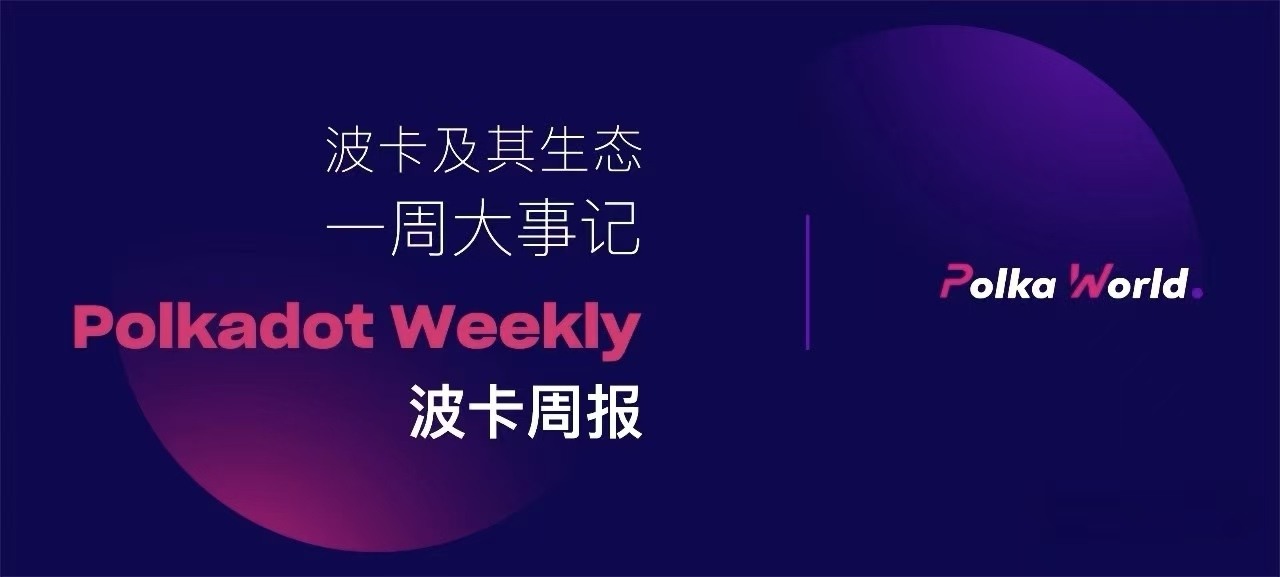
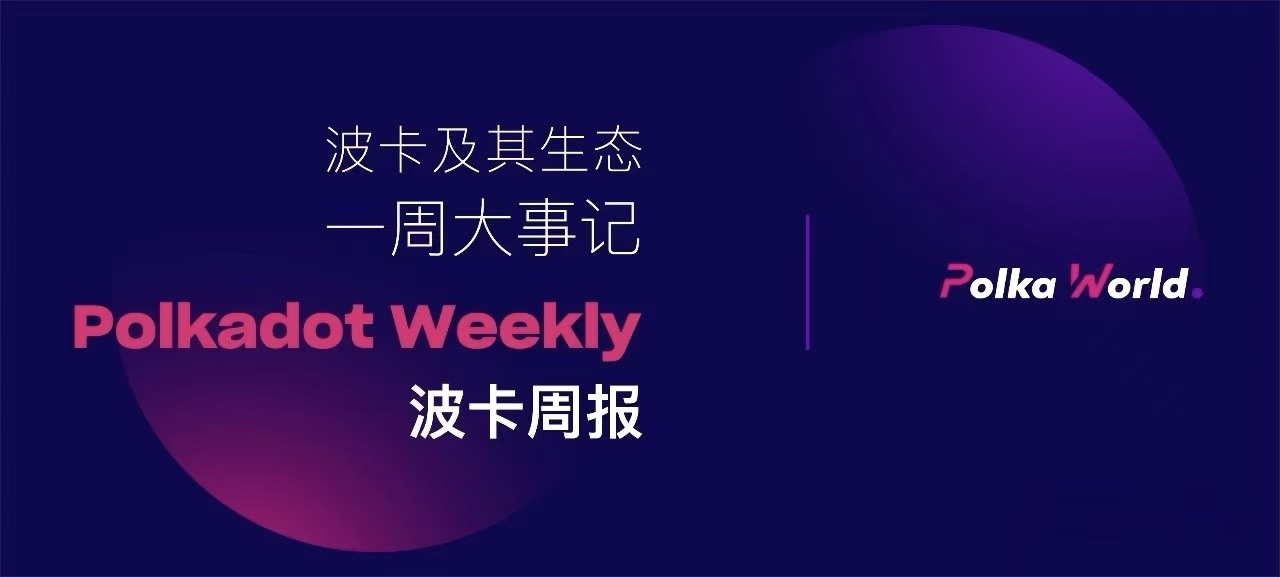
Polkadot Hub + PDP: Rewrite Rollup Deployment Rules to Accelerate Ecosystem Explosion!
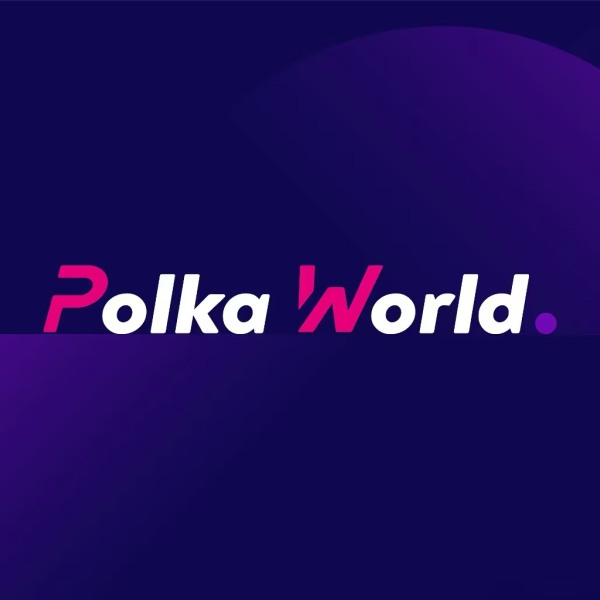
A new paradigm beyond EVM chains: Polkadot smart contract platform to launch in October!
